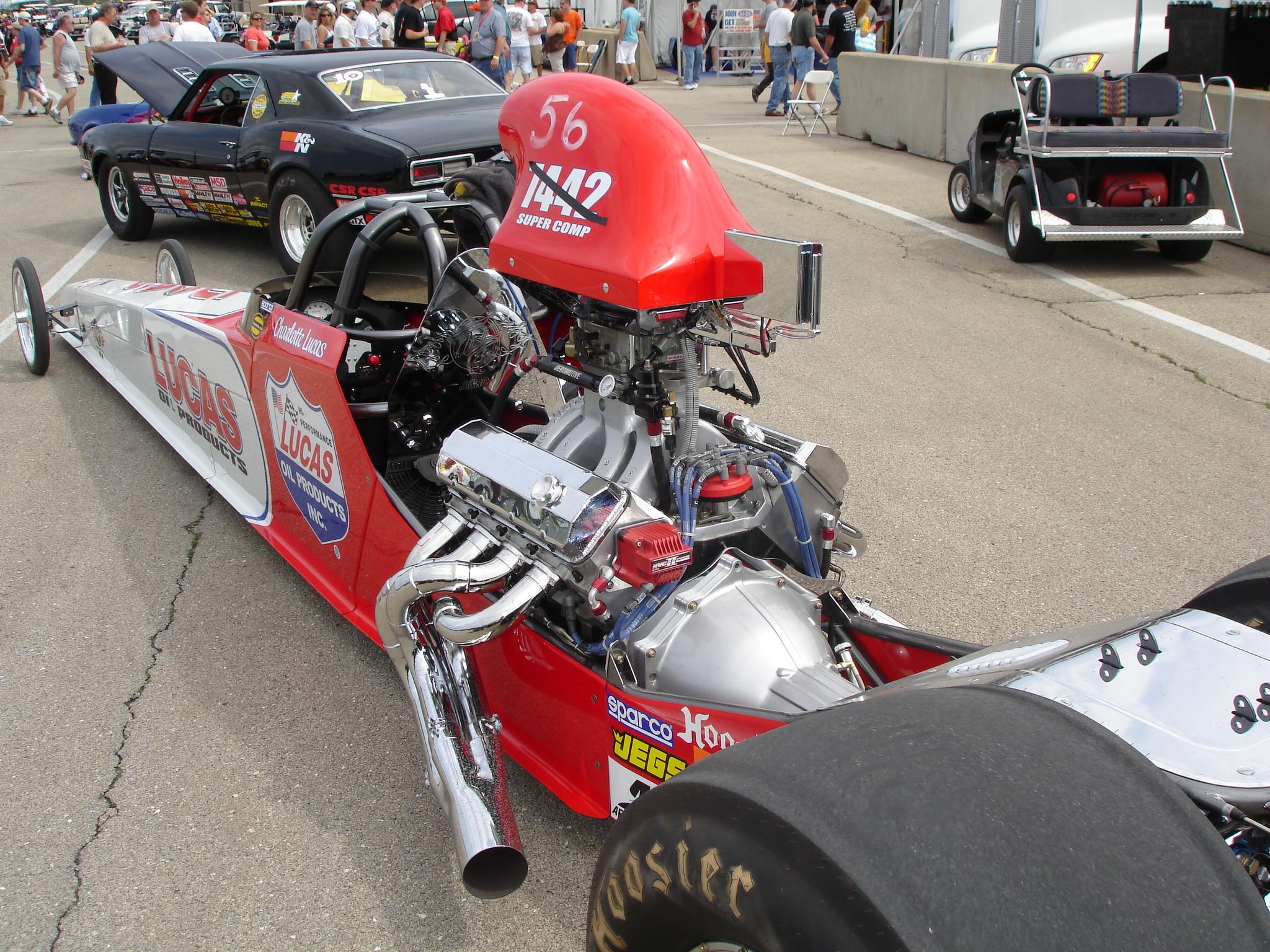Handling Stress Fractures
Salvaging Cracked or Flawed Engine Parts through Detection and Repairs Cracks are often blamed as the cause of a head failure. In many instances, the cracks are not the cause of the failure, but a symptom of another underlying problem such as overheating, detonation or incorrect installation (wrong torque on head bolts, dirty bolt threads,
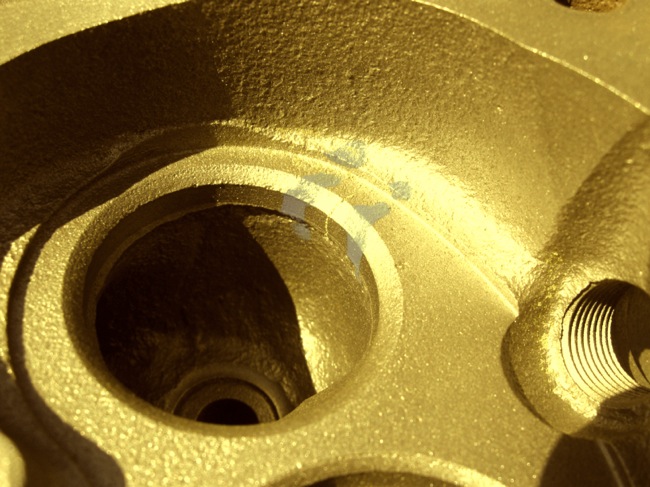
Scratching the Surface: Coatings and Treatments for Engine Components
When it comes to preserving performance parts, it’s the ‘Icing on the Cake’ Various kinds of coatings and surface treatments can be applied to engine parts like icing on the cake to improve durability, enhance scuff resistance and lubrication, control heat, boost thermal efficiency and reduce friction. No single coating or surface treatment can
Choosing Camshafts – Picking Performance
Choosing the “right” camshaft is not only the cornerstone of building a performance engine, but also its centerpiece. Choosing a cam can give anyone a headache – especially if they choose the wrong cam for a given application. There’s a lot of science involved in cam selection, so keep reading and we’ll help you
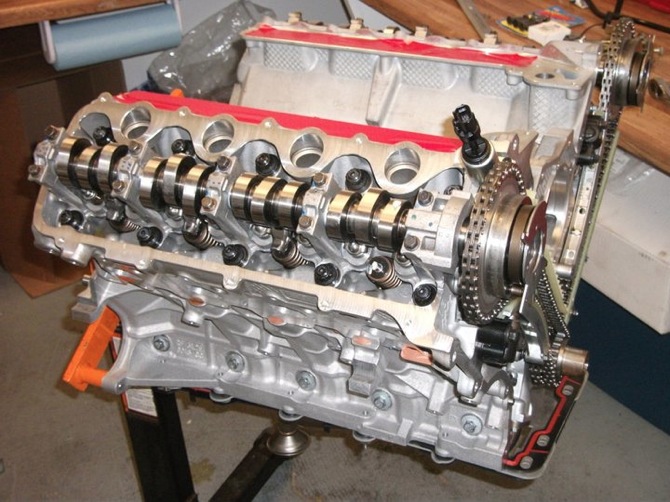
Maintaining Your Balance: Engine Building Tips to Reduce NVH and Increase Life
A high revving racing engine obviously needs a good balance to minimize these destructive forces, but balancing can be just as beneficial to low revving engines, too. Nobody would argue with the fact that engine balancing is right up there with “blueprinting” an engine. The goal is to equalize the reciprocating and rotating forces inside
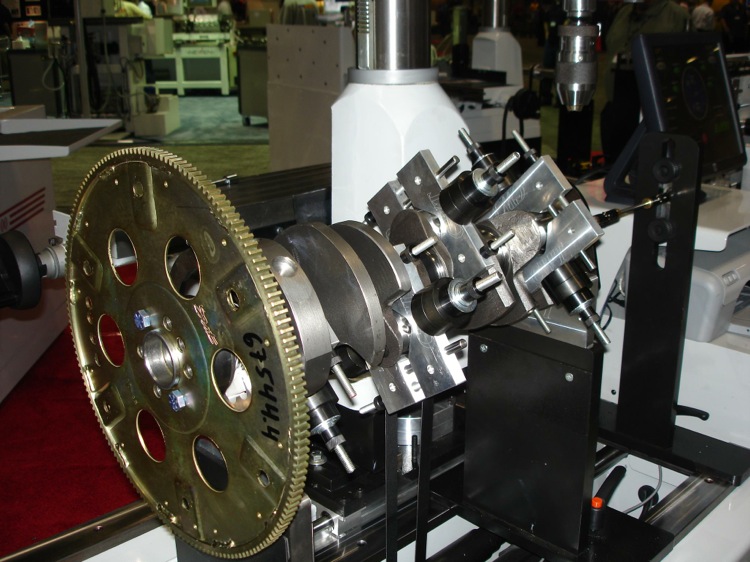
The SKYs the Limit: Looking into Mazda’s SKYACTIV Engine Technology
Mazda’s ultra high-compression, direct injection gasoline engines are achieving fuel economy numbers that rival many hybrids. Mazda isn’t one of the high-volume automakers. With only 1.9% of the automotive market, they are smaller than Subaru, BMW and Mercedes-Benz (each of which has about a 2% market share). But lately, Mazda has been making big waves
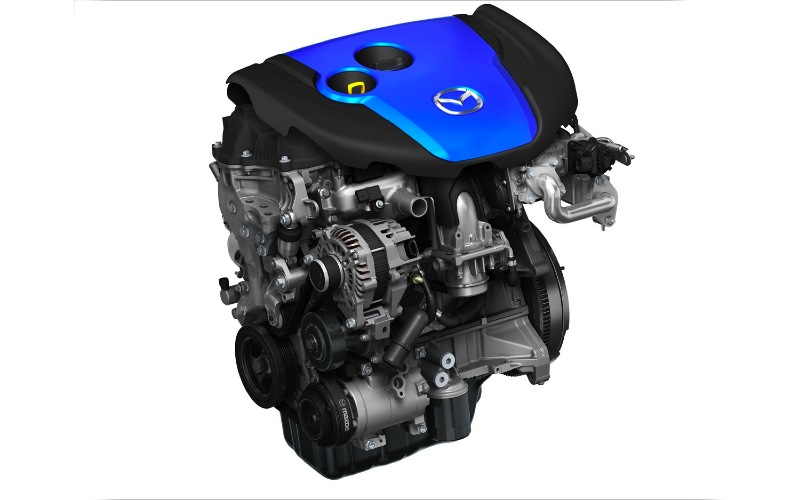
Quieting Down Chrysler’s Versatile 3.3L And 3.8L Engines
These engines have a mixed reputation for being high-mileage, dependable powerplants as well as noisy motors that can fail at relatively low mileage. First introduced as a family back in 1990, these engines have been upgraded and improved to provide good torque for the necessary applications, reasonable fuel economy and a reputation for durability and

Performance Rocker Arms
Pushrod engines new and old are still a hot topic. Overhead cams have been used in many European and Asian engines for years, so when Ford opted to go the overhead cam route with their 4.6L V8 engine, some predicted pushrod engines were on their way out. But, GM stuck with the pushrod design for
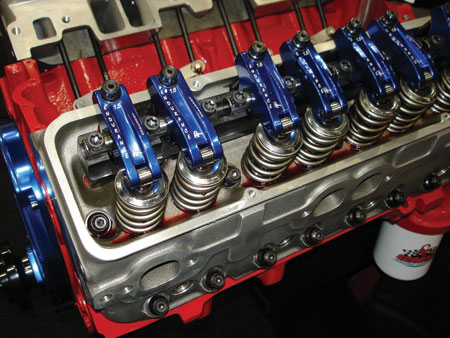
Service Issues on Ford 4.6L SOHC & DOHC Engines
In 2005, Ford introduced a three-valve (3V) SOHC version of the 4.6L for the newly restyled retro-look Mustang. Major changes included the use of two intake valves and one exhaust valve per cylinder to increase air velocity, torque and power, variable cam timing and a weight-saving aluminum cylinder block. Ford’s overhead cam 4.6L V8 engine has been
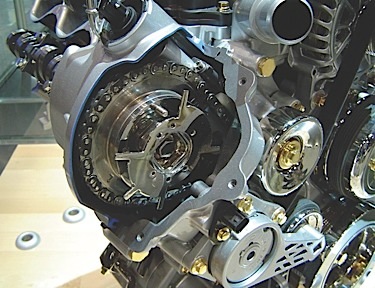
Racing Oils
The latest API-certified SN and ILSAC GF-5 motor oils are fine for everyday driving in late model vehicles, but most off-the-shelf motor oils (even many synthetics) come up short in the anti-wear department in a racing application – especially if the engine is running a flat-tappet cam or a radical roller cam with a lot
Cleaning Engine Blocks & Engine Cylinder Heads
Cleaning engine blocks and cylinder heads is just as important as the machining operations you will perform on the castings. You can’t do a thorough job of inspecting these parts if they are dirty, greasy or covered with paint or corrosion. Checking for cracks in cast iron heads and blocks requires a clean surface for
Oiling System Technology
Oil is the lifeblood of every engine. Any significant loss of oil pressure can destroy an engine in a split second so the oiling system must provide a constant supply of oil under all operating conditions. With performance engines, keeping the engine lubed with a steady supply of oil can be a challenge because
Super Comp Drag Racing
There are no rules for engine size, but engine builders should look to build for consistency in this class What does it take to build a winning engine for Super Comp drag racing? The Super Comp drag racing class runs on a 8.90 time limit, with essentially no rules regarding engine displacement, carburetion or type
